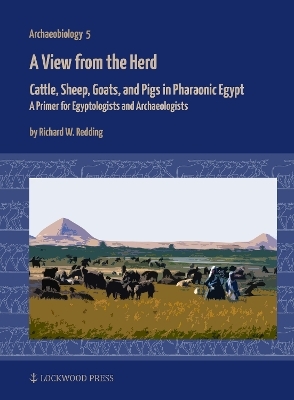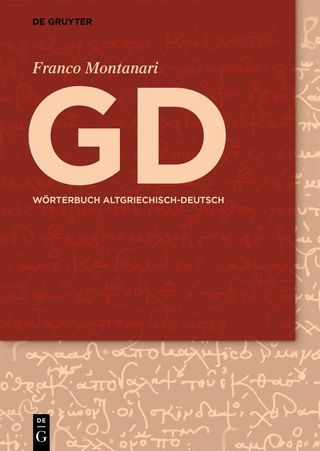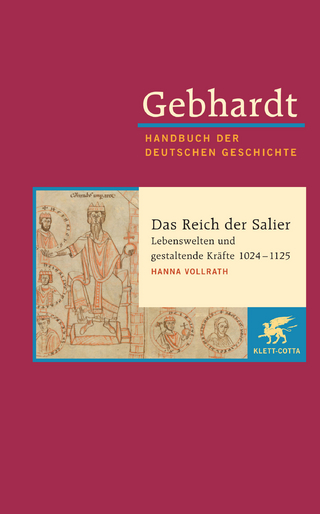
A View from the Herd
Cattle, Sheep, Goats, and Pigs in Pharaonic Egypt: A Primer for Egyptologists and Archaeologists
Seiten
2024
Lockwood Press (Verlag)
978-1-957454-08-5 (ISBN)
Lockwood Press (Verlag)
978-1-957454-08-5 (ISBN)
In this book, the late Richard Redding synthesizes his decades-long work on the ancient agricultural economy of Egypt. Drawing on a diverse range of data, including zooarchaeology, ancient texts and iconographic sources, he explores the role of cattle, sheep, goats and pigs in the economic infrastructure of ancient, mainly Pharaonic, Egypt.
In this book, the late Richard Redding synthesizes his decades-long work on the ancient agricultural economy of Egypt. Drawing on a diverse range of data, including zooarchaeology, ancient texts, and iconographic sources, he explores the role of cattle, sheep, goats and pigs in the economic infrastructure of ancient, mainly Pharaonic, Egypt, along with the complexities of decision-making processes that shaped the use and management of these vital livestock resources.
The book integrates zooarchaeological and historical data with information on unimproved breeds of agricultural livestock from Egypt and the broader Middle East as well as considering texts and tomb paintings. Redding argues that understanding the interplay between economic forces, environmental factors and herders' knowledge of animal characteristics is crucial for unravelling the dynamic nature of decision-making. He explores herd growth rates, meat yields, caloric and nutritional benefits, and optimal herd structures. By employing that data and ecological models, including the annual Nile floods, he provides insights into the adaptive strategies employed by ancient Egyptian herders. In this way, Redding examines the economic rationale behind ancient Egyptian herding communities. His models of Pharaonic herding strategies generate expectations tested using zooarchaeological evidence.
Redding long advocated the modelling approach that he demonstrates here, understanding zooarchaeological data through a lens of animal biology and environmental context. This work should spark wide interest among archaeologists working in disparate regions.
In this book, the late Richard Redding synthesizes his decades-long work on the ancient agricultural economy of Egypt. Drawing on a diverse range of data, including zooarchaeology, ancient texts, and iconographic sources, he explores the role of cattle, sheep, goats and pigs in the economic infrastructure of ancient, mainly Pharaonic, Egypt, along with the complexities of decision-making processes that shaped the use and management of these vital livestock resources.
The book integrates zooarchaeological and historical data with information on unimproved breeds of agricultural livestock from Egypt and the broader Middle East as well as considering texts and tomb paintings. Redding argues that understanding the interplay between economic forces, environmental factors and herders' knowledge of animal characteristics is crucial for unravelling the dynamic nature of decision-making. He explores herd growth rates, meat yields, caloric and nutritional benefits, and optimal herd structures. By employing that data and ecological models, including the annual Nile floods, he provides insights into the adaptive strategies employed by ancient Egyptian herders. In this way, Redding examines the economic rationale behind ancient Egyptian herding communities. His models of Pharaonic herding strategies generate expectations tested using zooarchaeological evidence.
Redding long advocated the modelling approach that he demonstrates here, understanding zooarchaeological data through a lens of animal biology and environmental context. This work should spark wide interest among archaeologists working in disparate regions.
Richard Redding was a research scientist at the Kelsey Museum of Archaeology, University of Michigan. He directed the Kom el-Hisn project with Robert Wenke in the 1980s, and later joined the AERA team at Heit el-Ghurab, a settlement at Giza. He is co-author (with Robert Wenke and Anthony Cagle) of Kom El-Hisn (ca. 2500-1900 BC): An Ancient Settlement in the Nile Delta (Lockwood, 2016).
| Erscheinungsdatum | 23.08.2024 |
|---|---|
| Reihe/Serie | Archaeobiology |
| Zusatzinfo | 42 figures in colour and b&w; 36 tables |
| Verlagsort | Atlanta |
| Sprache | englisch |
| Maße | 216 x 279 mm |
| Gewicht | 821 g |
| Themenwelt | Geisteswissenschaften ► Archäologie |
| Geschichte ► Allgemeine Geschichte ► Altertum / Antike | |
| ISBN-10 | 1-957454-08-3 / 1957454083 |
| ISBN-13 | 978-1-957454-08-5 / 9781957454085 |
| Zustand | Neuware |
| Haben Sie eine Frage zum Produkt? |
Mehr entdecken
aus dem Bereich
aus dem Bereich
die Inszenierung der Politik in der römischen Republik
Buch | Hardcover (2023)
C.H.Beck (Verlag)
48,00 €
Buch | Hardcover (2024)
Klett-Cotta (Verlag)
50,00 €


